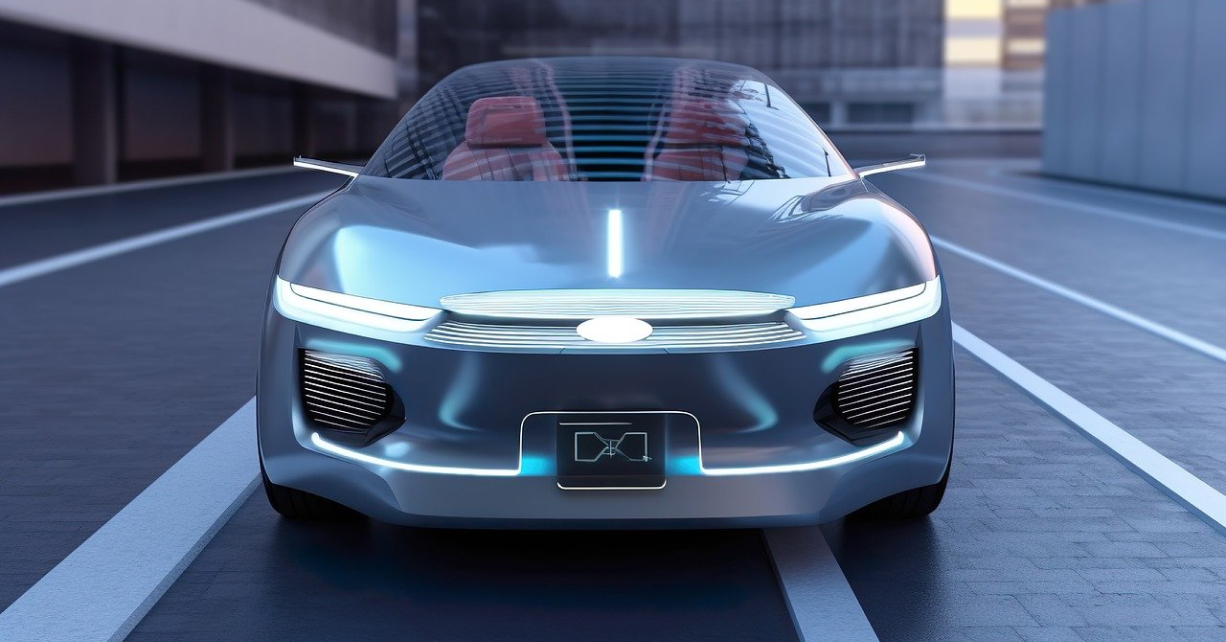

In a landscape brimming with innovation and the promise of futuristic transportation, the sudden shutdown of Phantom Auto, a pioneer in remote driving technology, sends ripples through the autonomous vehicle industry. Founded amidst the burgeoning excitement for driverless vehicles, Phantom Auto aimed to bridge the gap between today’s capabilities and tomorrow’s aspirations with its teleoperation platform. However, after seven years of striving to revolutionize transportation, the startup is closing its doors due to financial difficulties and shifting market dynamics. This blog post explores Phantom Auto’s journey, the obstacles it faced, and the broader implications for the industry at large.
Seven years ago, Phantom Auto launched with a vision to redefine the autonomous vehicle landscape. By developing a teleoperation platform that allowed vehicles to be remotely controlled, Phantom Auto aimed to enhance the safety and feasibility of autonomous driving. Despite attracting notable investors and raising $95 million, the startup struggled to secure the necessary funding to continue its operations. The company’s last fundraising effort in 2023 brought in $25 million, but it was not enough to sustain the momentum.
Phantom Auto’s closure is emblematic of the broader challenges facing the autonomous vehicle sector. The initial excitement that fueled billion-dollar investments and sky-high valuations has cooled, replaced by a recognition of the technological and regulatory hurdles that lie ahead. As timelines for the widespread deployment of robotaxis and self-driving trucks extend further into the future, many startups have been forced to consolidate, pivot, or shut down entirely.


Recognizing the long road to commercial deployment of driverless vehicles on public roads, Phantom Auto pivoted in 2019 to focus on logistics. The startup saw potential in applying its remote driving system to forklifts, yard trucks, and autonomous sidewalk delivery robots—areas where automation could make an immediate impact. Despite securing customer agreements with major players like Maersk and CJ Logistics, the lack of external funding and the need to scale operations led to insurmountable challenges.
The shutdown of Phantom Auto raises questions about the future of remote driving and autonomous vehicle technology. While the dream of fully autonomous transportation remains alive, the journey is proving to be more complex and prolonged than initially anticipated. The industry must navigate funding shortages, technological barriers, and regulatory hurdles to realize its full potential.
The closure of Phantom Auto is a poignant reminder of the realities facing the autonomous vehicle industry. As companies navigate the road ahead, the lessons learned from Phantom Auto’s ambitious yet ultimately unfulfilled journey will be invaluable. The dream of autonomous vehicles reshaping our world is still alive, but it requires patience, innovation, and a collective effort to overcome the challenges that lie ahead.